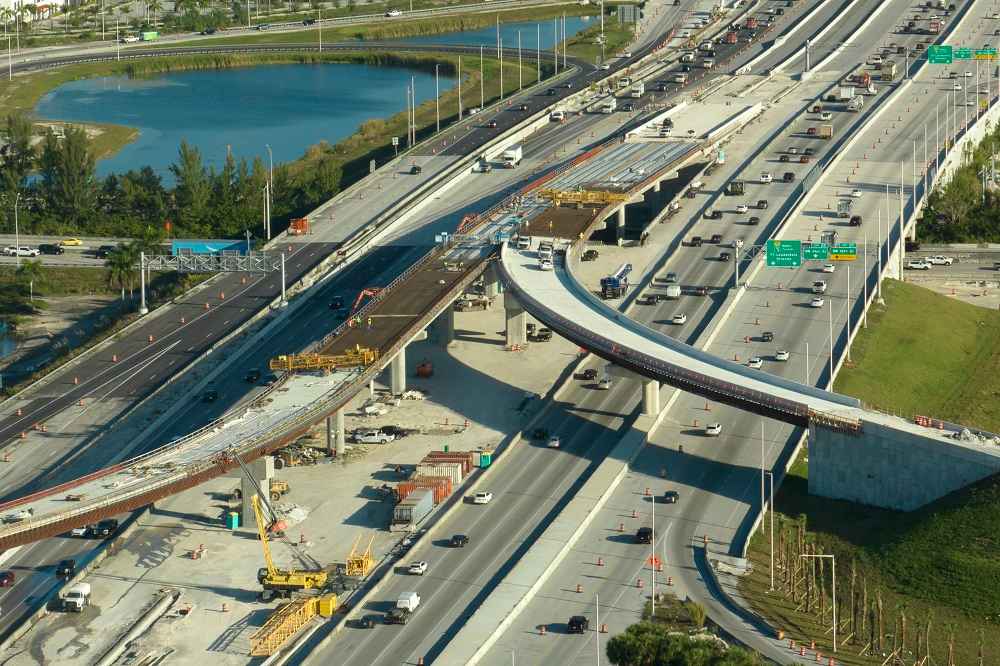Infrastructure is the backbone of modern society, encompassing roads, bridges, water systems, and communication networks. While the construction of new infrastructure often receives significant attention, maintenance is equally vital to ensure its longevity, safety, and functionality. This article explores the importance of infrastructure maintenance, its key benefits, challenges, and future considerations.
Ensuring Safety and Reliability
Infrastructure maintenance is essential for ensuring the safety and reliability of public facilities and services. Regular inspections and repairs help identify and address potential hazards, such as deteriorating bridges or leaking pipelines, before they escalate into major safety concerns. By proactively maintaining infrastructure, governments and organizations can minimize the risk of accidents, injuries, and disruptions to daily life.
Extending Lifespan and Durability
Proper maintenance prolongs the lifespan and durability of infrastructure assets, maximizing their long-term value and return on investment. For example, regular pavement maintenance, including filling potholes and sealing cracks, can prevent deterioration and extend the life of roads and highways. Similarly, routine inspection and maintenance of water treatment plants and distribution systems help prevent costly failures and ensure continuous access to clean drinking water.
Enhancing Efficiency and Performance
Well-maintained infrastructure operates more efficiently and performs better than neglected or deteriorating assets. Regular maintenance activities, such as lubricating machinery, replacing worn parts, and calibrating equipment, optimize performance and minimize downtime. This is particularly important for critical infrastructure systems, such as power plants and telecommunications networks, where reliability and uptime are paramount.
Minimizing Costly Repairs and Downtime
Neglecting maintenance can lead to costly repairs and downtime, disrupting services, and imposing financial burdens on governments, businesses, and individuals. For example, delaying bridge repairs can result in structural failures, necessitating emergency closures and expensive reconstruction efforts. By contrast, investing in proactive maintenance helps identify and address issues early, reducing the need for costly emergency repairs and minimizing disruptions to daily life.
Challenges and Considerations
While infrastructure maintenance offers numerous benefits, several challenges must be addressed:
1. Funding and Budget Constraints
Limited funding and competing priorities often pose challenges for infrastructure maintenance efforts. Governments and organizations must balance the need for maintenance with other pressing needs, such as new construction projects and social programs. Developing sustainable funding mechanisms and prioritization strategies is essential for addressing maintenance backlog and ensuring the long-term sustainability of infrastructure assets.
2. Aging Infrastructure
Many countries face the challenge of aging infrastructure, with assets reaching the end of their design life or experiencing deterioration due to lack of maintenance. Addressing the maintenance needs of aging infrastructure requires strategic planning, investment, and innovative solutions. Rehabilitation and modernization efforts can help extend the life of existing assets and enhance their resilience to changing environmental conditions.
3. Technological Advancements
Rapid technological advancements present both opportunities and challenges for infrastructure maintenance. While new technologies, such as remote sensing, drones, and predictive analytics, offer innovative solutions for asset management and condition monitoring, they also require investments in training, data management, and cybersecurity. Integrating these technologies into maintenance practices can improve efficiency, accuracy, and decision-making but requires careful planning and implementation.
Future Perspectives
The future of infrastructure maintenance lies in embracing innovation, sustainability, and resilience. As technology continues to advance at a rapid pace, leveraging emerging technologies such as artificial intelligence (AI), Internet of Things (IoT), and data analytics will be paramount in optimizing maintenance practices and ensuring the longevity of infrastructure assets.
Leveraging Artificial Intelligence and Data Analytics
Artificial intelligence and data analytics hold immense potential in transforming infrastructure maintenance. By analyzing vast amounts of data collected from sensors, drones, and other IoT devices, AI algorithms can predict equipment failures and recommend preventive maintenance actions. For example, in the transportation sector, AI-powered predictive maintenance systems can analyze data from sensors installed in vehicles to anticipate component failures and schedule maintenance before breakdowns occur, reducing downtime and improving reliability.
Implementing Condition-Based Maintenance
Condition-based maintenance (CBM) is another promising approach that relies on real-time monitoring of equipment health to determine the optimal timing for maintenance activities. Instead of adhering to rigid maintenance schedules, CBM uses sensor data to assess the condition of assets and prioritize maintenance based on actual needs. For instance, in manufacturing plants, sensors embedded in machinery can monitor parameters such as temperature, vibration, and fluid levels, triggering maintenance alerts when deviations from normal operating conditions are detected. By addressing issues proactively, CBM minimizes downtime, reduces maintenance costs, and extends the life of equipment.
Embracing Sustainability and Resilience
In addition to technological advancements, sustainability and resilience will be central themes in future infrastructure maintenance. Sustainable maintenance practices aim to minimize the environmental impact of maintenance activities while optimizing resource utilization. For example, adopting eco-friendly materials and techniques in road maintenance can reduce carbon emissions and mitigate the ecological footprint of infrastructure projects. Furthermore, resilience-focused maintenance strategies prioritize the ability of infrastructure systems to withstand and recover from natural disasters and other disruptive events. By incorporating resilience considerations into maintenance planning, governments and organizations can enhance the reliability and adaptability of infrastructure assets in the face of climate change and other challenges.
Investing in Training and Skill Development
As maintenance practices evolve, investing in training and skill development for maintenance personnel will be essential. Technological advancements require maintenance workers to acquire new competencies in areas such as data analysis, software programming, and equipment troubleshooting. Providing ongoing training and professional development opportunities ensures that maintenance teams have the knowledge and skills needed to effectively leverage emerging technologies and implement innovative maintenance practices.


